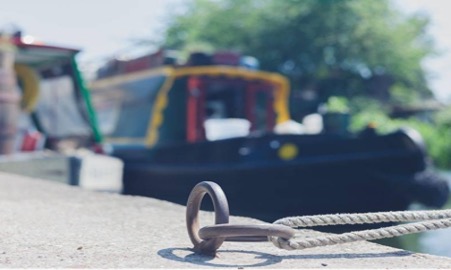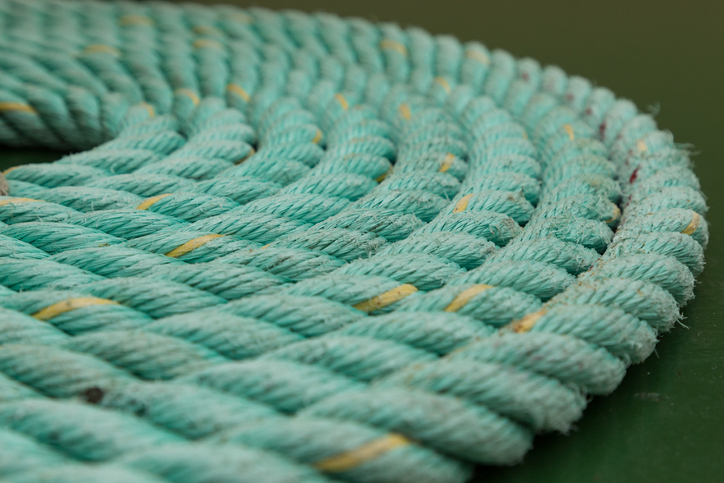A correctly deployed narrowboat centre line can make a huge difference to your cruising pleasure and safety, particularly if you are a solo cruiser.

Having a centre rope allows you to step ashore with a line in your hand to either hold the boat while somebody else secures bow and stern or secure it temporarily with said centre line while you yourself (possibly working single handed) secure the boat safely to your mooring point. It is also useful for temporarily and quickly mooring a boat but we can’t emphasise enough this is only short term.
If the rope is secured to the centre point of your narrowboat and the line reaches you at the helm, you have total control. You don’t want to have centre line rope which is too long, for example, as if the line falls from your roof and drops into the water there is a very strong possibility of it fouling your propeller which can be both frightening, inconvenient and very expensive.
Ensure your centre rope is on the roof, with its loose end at the stern of the boat, and on the towpath side. Remember to change this rope over when the towpath changes sides – or have two centre ropes, one each side. And make sure your centre rope is long enough so that you can work a lock without having to put it down.
Single handed boaters often use a single centre line for convenience, however, some boaters prefer to have two centre lines arranged either side of the roof rails. Two ropes make it easier when deploying to either port or starboard, especially if you have a large number of items on the roof. This will eliminate the rope becoming hooked up on the roof equipment. Ultimately, though, it is whatever you are more comfortable with.
What type of rope to use?
The type of rope you use is important as it needs to be strong enough to hold the knot when you are mooring your boat.
There are many different types of ropes available on the market today, so it all depends on what you’ll be using it for. The three main types of narrowboat mooring lines are Synthetic, Hemp or Multi-filament, and all are available from your local chandlery.

Synthetic:
This type is probably the best choice for most narrow boaters as it is made from polypropylene, which makes it hardwearing and light.
Hemp:
This rope is made from a natural fibre as is also a good choice for mooring, as it doesn’t become hard when wet. However, it does need to be rot proofed, as natural fibres have a limited life and will rot if not cared for.
Multi-filament:
Multi-filament polypropylene is a synthetic rope that looks and feels just like the hemp rope. It is smooth and glossy which makes it difficult to finish the ends by splicing.
Hopefully, you have found this blog useful, but if you have any questions, don't hesitate to get in touch.